View all Standards for Georgia Performance Standards OLD 2010 - Theatre Arts
TAHSMTIII.4 Designing and executing artistic and technical elements of theatre
a. Identifies key concepts of various elements of technical production including sets, props, costumes, makeup, lighting, and sound
b. Creates a plot for a specific area of technical production in musical theatre
c. Explores the relationship between design choices and the overall musical performance
d. Analyzes the technical elements of a production and how a performance is impacted by these elements
e. Designs and produces at least one technical element for a production
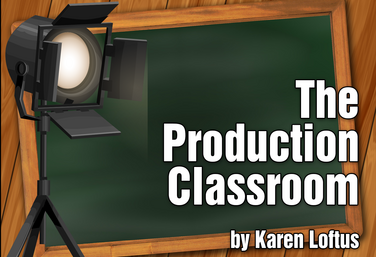
Part of the Production Classroom Units Curriculum
Production Classroom Units Overview
by Karen Loftus

Part of the Production Classroom Units Curriculum
Part One - Pre-Production
by Karen Loftus

Part of the Production Classroom Units Curriculum
Part Two - Rehearsal and Performance
by Karen Loftus

Part of the Production Classroom Units Curriculum
Part Two - Documents
by Karen Loftus

Part of the Production Classroom Units Curriculum
Part Three - Reflection and Assessment
by Karen Loftus
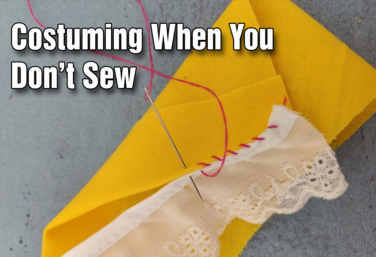
Tech Theatre Unit: Costuming When You Don't Sew
by Drama Teacher Academy
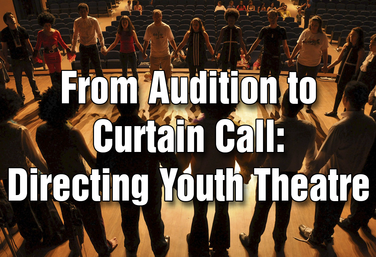
From Audition to Curtain Call: Directing Youth Theatre
by Steven Stack
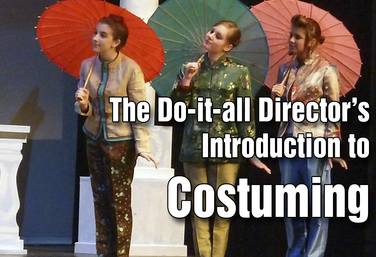
The Do-it-All Director's Introduction to Costuming
by Holly Beardsley
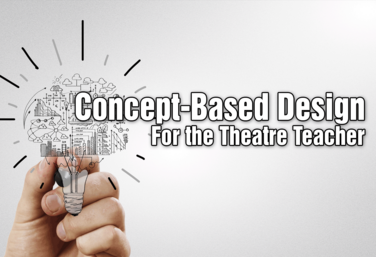
Concept-Based Design for the Theatre Teacher
by Matt Webster
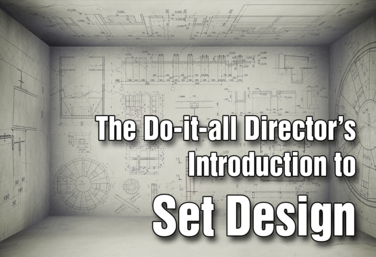
The Do-it-All Director's Introduction to Set Design
by Holly Beardsley
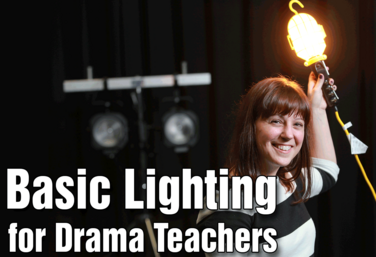
Basic Lighting for Drama Teachers
by Claire Broome
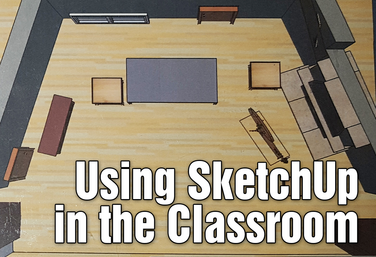
Using SketchUp in the Classroom
by Ray Palasz

The Production Classroom
by Karen Loftus
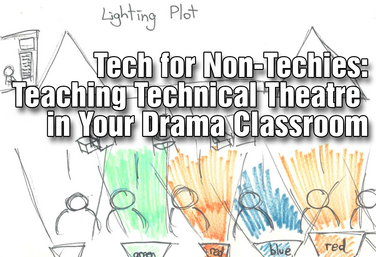
Tech for Non-Techies: Teaching Technical Theatre in Your Drama Classroom
by Josh Hatt
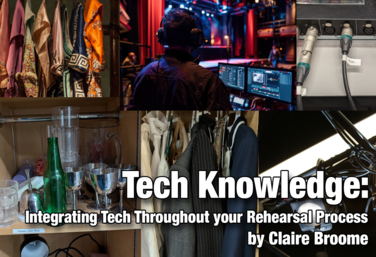
Tech Knowledge: Integrating Tech Throughout Your Rehearsal Process
by Claire Broome
View all Standards for Georgia Performance Standards OLD 2010 - Theatre Arts Standards Master List